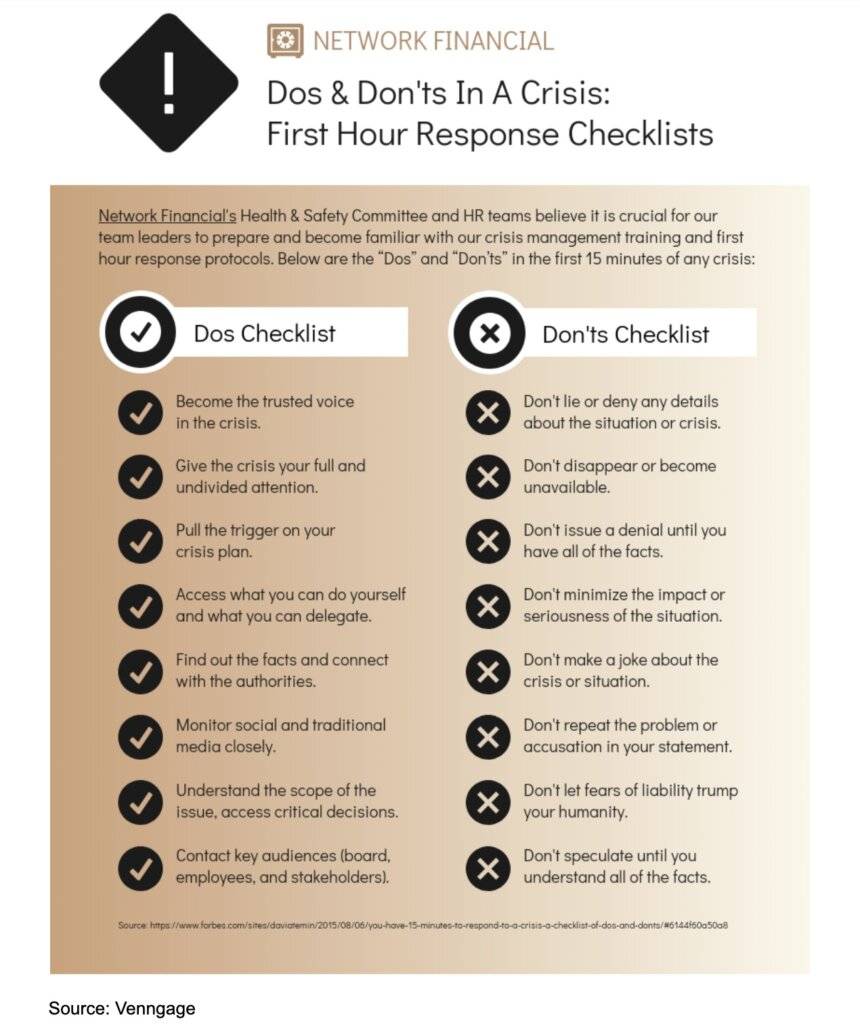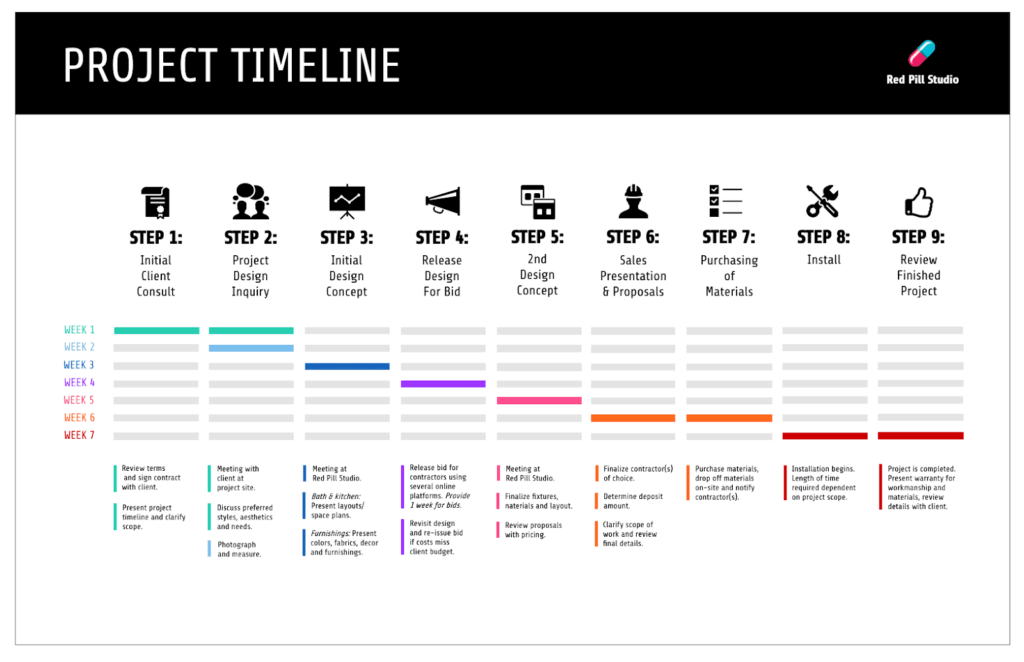This year has seen a huge uptick in the need for leadership training and development, a consequence of how the world and the way we work has changed drastically over the past year.
Leaders are an intrinsic part of a company’s growth and organizations need to create programs for employee training with leadership development in mind.
But why is it important for small businesses? What are the best tips for management development? And how can companies conduct leadership training?
We visualize these answers in this article so small businesses can thrive in 2021 and beyond.
Why is Leadership Training and Development Important?
Leadership skills training is necessary, especially for smaller businesses, because it makes the high-performance model more effective.

With leadership programs in place, companies can promote from within, instead of employing managers from outside the organization.
There are benefits to bringing in external parties, but that does require familiarizing them with the ways of the company—in other words, more time and money.
Here are five reasons why management development is such a necessary part of small business growth.
1. Employee Decision-Making
Leadership training helps employees at every level of an organization to weigh the risks of their decisions and to extrapolate the best course of action.
This is one of the many important qualities, visualized below, in business leadership.

Training helps them see the bigger picture and to parse through available data and resources to make an informed decision for the best of the company. While this kind of decision-making is integral to management, even for lower-level employees, having quick cognitive reflexes boosts productivity and efficiency.
2. Organizational Structure
A top-down organizational structure is still a preferred method, but hierarchies can make some employees feel uninformed and left out of decision-making.
Leadership training and development will make it easier to create a more collaborative workplace where employees lead together.
Better information dissemination will help employees stay abreast of what is happening in the company and improve workplace efficacy.
3. Crisis Management
If 2020 has taught us anything, it is that small businesses can never be prepared enough. This is why leadership development has become even more necessary
Training ensures that businesses are equipped to respond to any crisis by checking off the left side of the below graphic.

Crisis training also helps companies fill critical roles from within their ranks instead of having to look externally when time is of the essence.
Additionally, with wide-scale leadership training, employees will feel more confident accessing and acting on sensitive information.
We don’t know what the future holds, and that is why companies across the board need to implement leadership development programs.
4. Increased Profits
Profit margins are always the driving force behind company operations and small businesses need to be careful about where they spend their money.
Corporate leadership training requires some cost—that is why we usually see training programs instituted only for senior management.
But by sharing the same with lower-level employees, companies can improve their profits.
Employees will be better equipped to use problem-solving tools to make faster and better decisions.
Additionally, employees won’t require the input of managers too often, which will free them up to focus on their tasks.
5. Employee Retention
If employees can’t see a path to grow in their company, why would they stay on? Especially if they feel like they have to undertake skills training at their own cost.
Employee turnover comes at a huge cost to companies—searching for new employees and training them takes effort and money. Leadership development will encourage employees to remain with their company because of the possibility of professional growth within the organization.
Conducting Corporate Leadership Training
1. Create a Training Plan
It isn’t possible to conduct a training program without a visual plan. This is a document where training teams can outline the following:
- Goals of the program
- Type of training session
- Maximum number of participants
- Number of trainers required
- Duration of the training
- Tools required to complete the training
- How the training will be measured
You can create a timeline template, like the below example, to keep track of the planning process.

Once the plan has been designed, the training program will be much easier to implement.
2. Training Setup
Before the leadership training and development session can take place, a few elements have to be set up.
For instance, invites have to be designed and sent to trainees—this should be done digitally considering the global situation.
Follow-ups and reminders should be automated and connected to calendar apps to streamline the invitation process.
A virtual presentation, like the one below, will also have to be designed and practiced—training sessions have a different feel when they’re held in-person, versus online.

Companies also need to determine the live streaming platform for the training—it may need to be tested in advance so there are no hitches when participants are involved.
The training team has to develop the content for the program—it needs to be succinct but informative, and well-spaced out so the audience won’t become overwhelmed.
Trainers also need to prepare for Q&A sessions, interactivity, and technical outages.
3. Running the Program
The best way to run the corporate leadership training will depend on whether it’s live or pre-recorded.
If it’s a live session, trainers can form breakout groups for discussions. They can also create polls for added interactivity and ask participants to share their thoughts in the comments.

A pre-recorded webinar can also be made engaging through microlearning—short, 3-5 minute sessions that trainees can speed through.
Each video can be interspersed with a quiz to test how much participants have learned from the session.
The program should also include actionable items that trainees can implement soon after the session so there is an immediate positive to participating in the session.
4. Evaluating the Training
How can you know whether a training program has been successful? Is it giving participants any value?
Tracking and measuring the effectiveness of your training program is imperative—if trainees aren’t learning leadership skills through the training then the entire process is moot.
Design short surveys to share with your participants shortly after the training ends—a long survey can overwhelm participants, so only ask simple questions.
Following the sessions, give trainees opportunities to exercise their leadership skills—this will be a great test to find out how well they have retained what they learned.
5. Continuing the Development
Leadership skills training doesn’t end with a series of sessions—it’s a process that continues in the workplace throughout employees’ careers.
Companies should set up mentoring programs for employees across the board, as well as on-the-job training opportunities.
Use visual communication in your training models as often as possible to improve learning retention.
More training sessions should be planned for the future—create an ongoing program that teams can learn from and scale their skills over time.
Conclusion: Small Businesses Can Grow through Leadership Training and Development
That is why leadership training and development has become so important—it can help organizations scale their business from within by improving their employees’ skills.
A training program is quite the undertaking, but we have explained why it benefits companies and how these sessions can be conducted to ensure continued growth for trainees.
